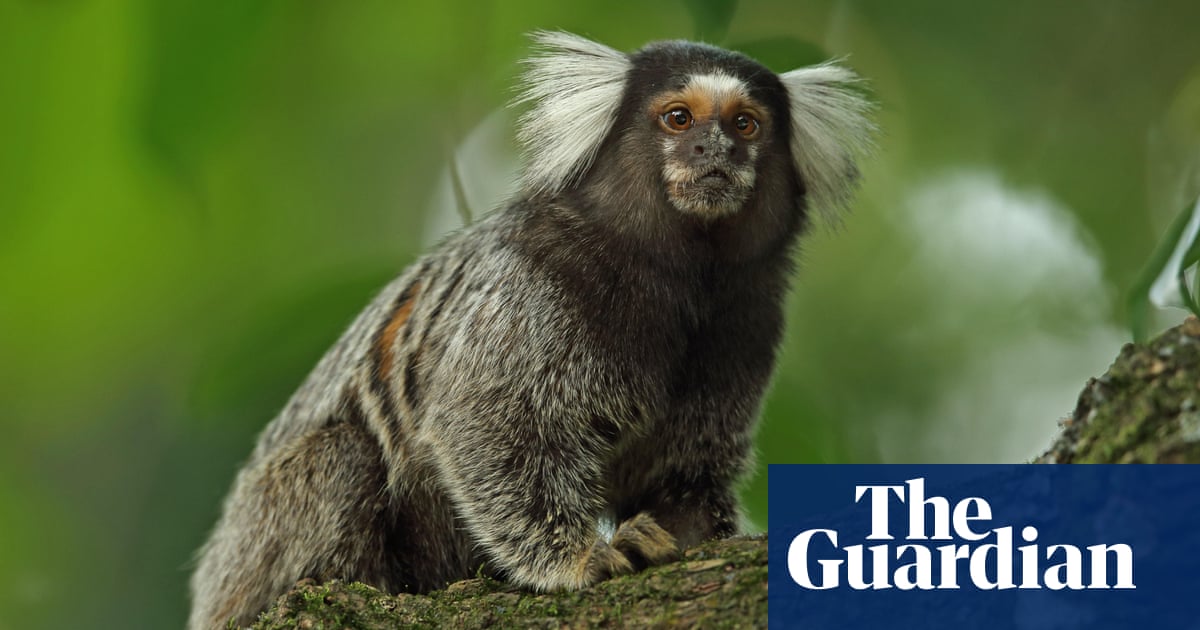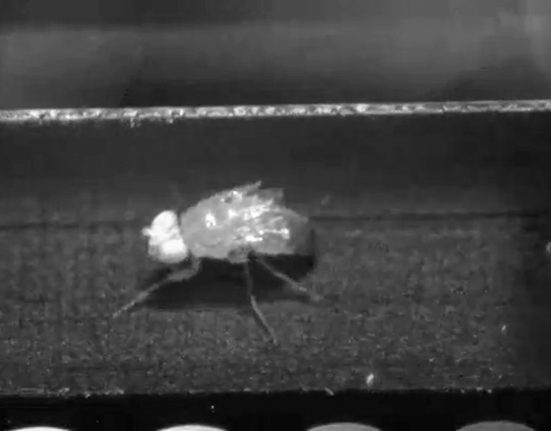Whether referring to a politician, cheering on an athlete, or recounting what friends and family have been up to, names often crop up in everyday human communication. Now researchers say marmoset monkeys use similar labels.
Besides humans, only dolphins and elephants were previously known to use vocal labels for other members of their species.
But now scientists say they have found evidence of the behaviour in a non-human primate.
Dr David Omer, co-author of the research from the Hebrew University of Jerusalem, said: “We think that this behaviour is important for [marmosets’] social cohesion and therefore it’s crucial for their survival.”
“We predict that other non-human primates with the similar social structure of a monogamous family group may have developed similar behaviours.”
The team said the work could have other implications, too.
“Primate vocalisation was long thought to be genetically predetermined and inflexible, making it irrelevant to the evolution of human language,” said Omer. “Our findings, however, challenge this assumption.”
Writing in the journal Science, Omer and colleagues report how they carried out a series of experiments involving a total of 10 marmosets.
Such animals are social primates that live in small family groups and are known to use whistle-like vocalisations called “phee calls” to inform other marmosets about their location.
In each experiment the team placed a pair of marmosets, with various relationships to each other, in a room and let them interact. They then separated them using a barrier so the monkeys could not see each other, and recorded their calls.
The researchers found the monkeys naturally engaged in spontaneous phee call chit-chat, taking turns at making calls.
When they analysed the vocalisations, however, they found the marmosets used distinct phee-calls for each monkey on the other side of the barrier, similar to names in humans.
“We found that marmosets had a behavioural strategy. On the first 20 or so calls, in each session, the variability of the calls was high – meaning that they were trying to call different receivers,” said Omer. “After the initial 20 calls [or so] they converged to the call addressing the receiver monkey on the other side of the visual barrier.”
The team added that monkeys within the same family group tended to use similar calls when addressing a given monkey on the other side of the barrier.
“This is evidence for vocal learning,” said Omer. “They learn vocal labels from their family members.”
The team also carried out experiments in which three of the monkeys were each exposed to recordings of calls made by others.
The researchers found the marmosets were more likely to answer calls that were directed towards them, while they also found evidence receiver monkeys could accurately identify the caller.
“The phenomenon of vocal labelling that we report in marmosets is similar to human names, but there are few important differences,” said Omer. “Humans can form an infinite combination of vocalisations to form a name. Marmosets use a stereotypical call – a phee call – and modulate the fine acoustic structure of that call to form a unique label for each receiver.’”
Dr Jacob C Dunn, an expert in primate evolution and ecology at Anglia Ruskin University, who was not involved in the study, said the work offered the first tentative evidence for enduring vocal labels of others in a non-human primate, adding the study also suggested marmosets used vocal learning.
Dunn said that was important, noting the extent to which vocal learning could be found in non-human primates was key to reconstructing the evolution of speech.
“Whether other primates are capable of using vocal labels for others remains to be seen,” he said. “But this study provides exciting evidence of mechanisms which may have facilitated the transition from non-linguistic communication to complex language in our hominin primate ancestors.”













